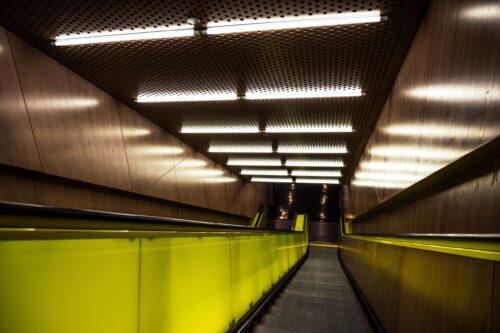The future of wireless lighting systems
What should lighting designers consider for the future of wireless lighting systems?
Wireless lighting systems are getting close to a tipping point for many reasons:
- Price points for the parts and smarts have become more comparable between enabled wired and wireless systems.
- There are more products available from major manufacturers. When first costs are comparable, there is potential for more systems to be installed.
- The more systems that are successfully installed, the more traction and acceptance these systems will get and the more lessons learned.
- The more systems installed, the more third-party apps will be developed. With more apps, there is potential for more end-user connections.
Industry standards will help create consistency and compatibility in the products being developed. Industry standards also bring credibility — a tested standard that is widely accepted — giving the end-user much more confidence when considering the product. An increase in compatibility among products will also give the end-user the flexibility and confidence to use the products.
Wireless lighting systems are being considered and specified more often, notably for the education market. There still is some apprehension in mission critical markets, such as health care. As time and technology reliability progresses, these apprehensions may be overcome and the wireless controls market share increased.
The industry is headed to a convergence of systems; systems merging to integrate onto common wireless platforms. The CSI Division 25: Integrated Automation Manufacturers specification shows how industry is addressing building systems. Typically, a separate wireless network is created to run these systems, but how long until designers interface directly with the building system Wi-Fi (which already exists) to merge yet another system?
Do you have experience and expertise with the topics mentioned in this content? You should consider contributing to our CFE Media editorial team and getting the recognition you and your company deserve. Click here to start this process.





